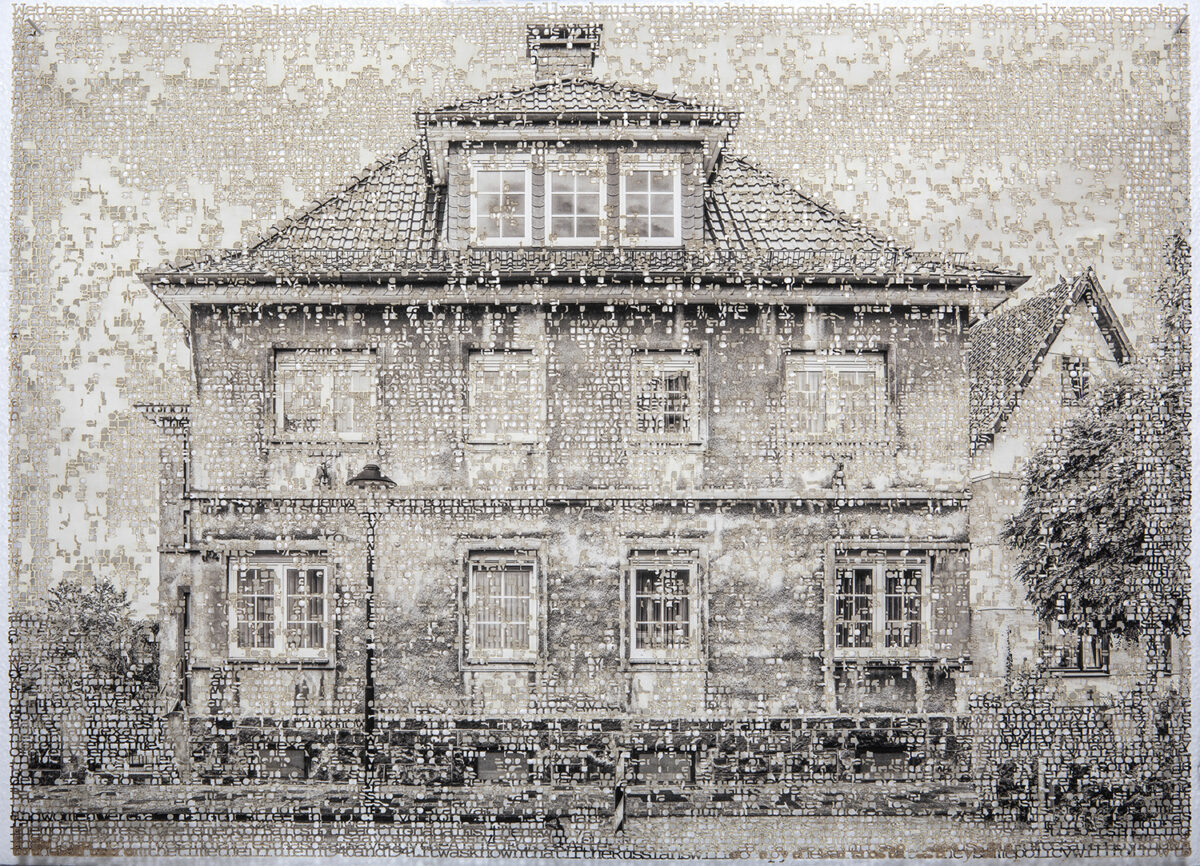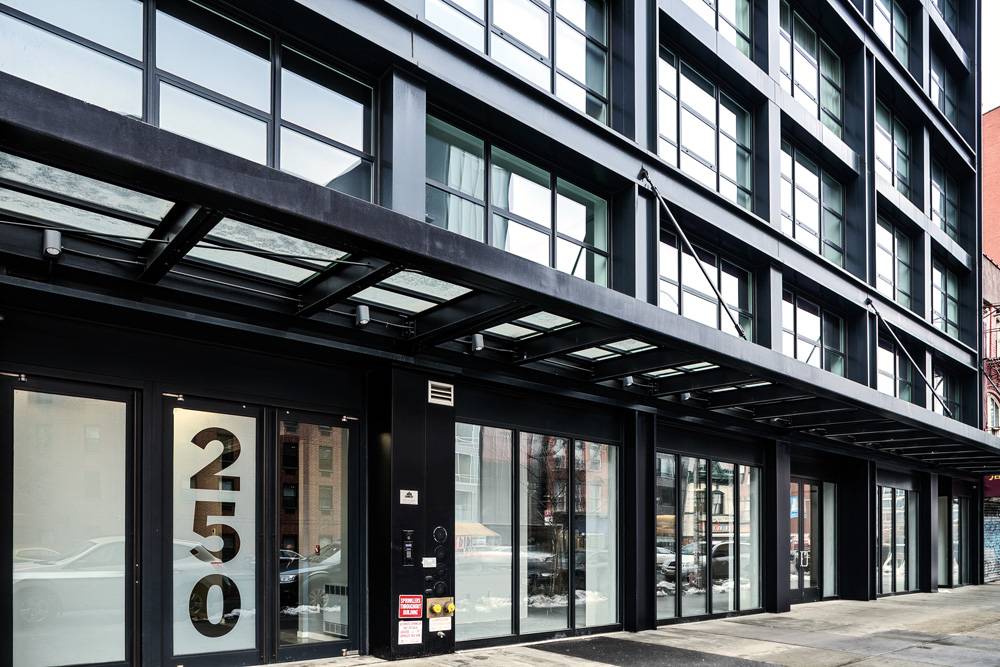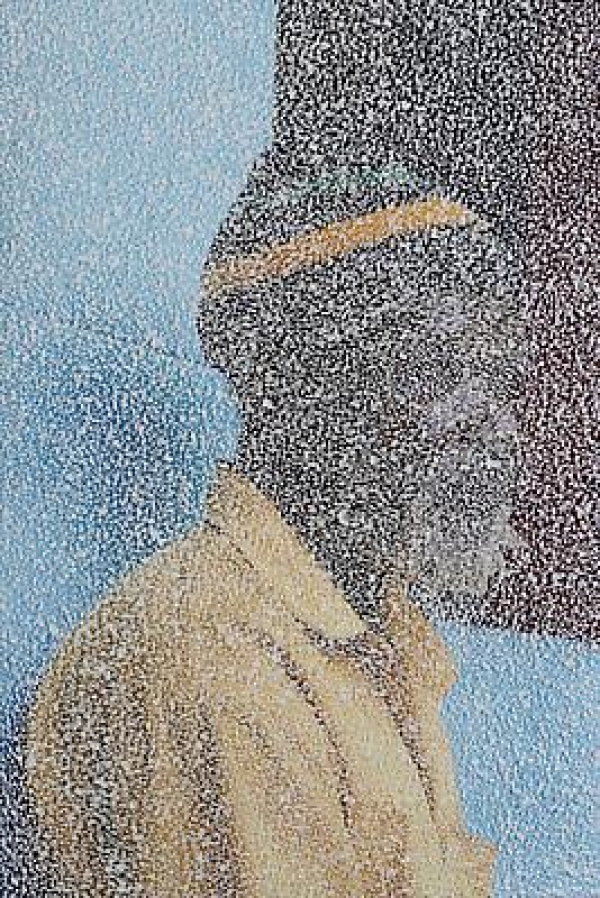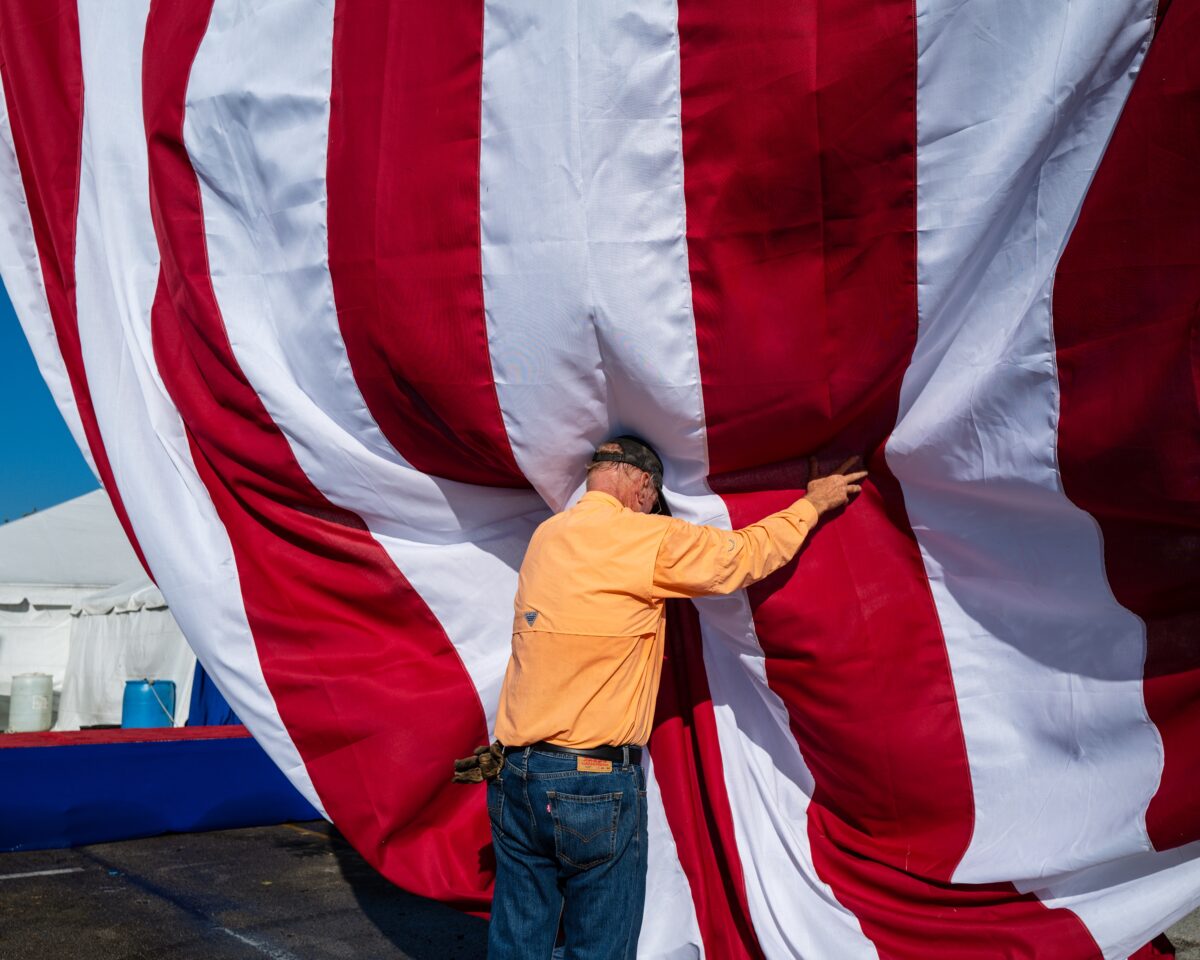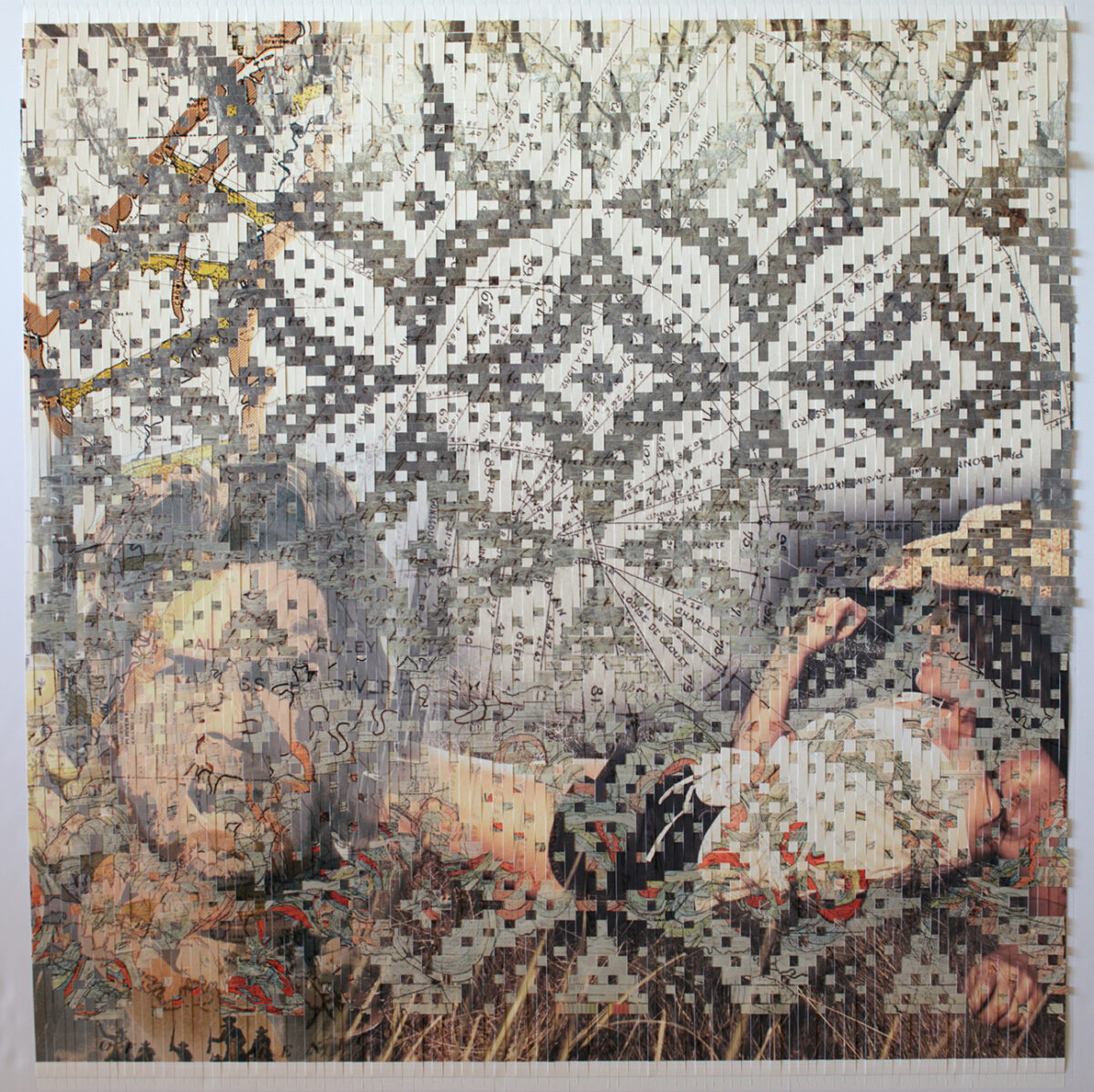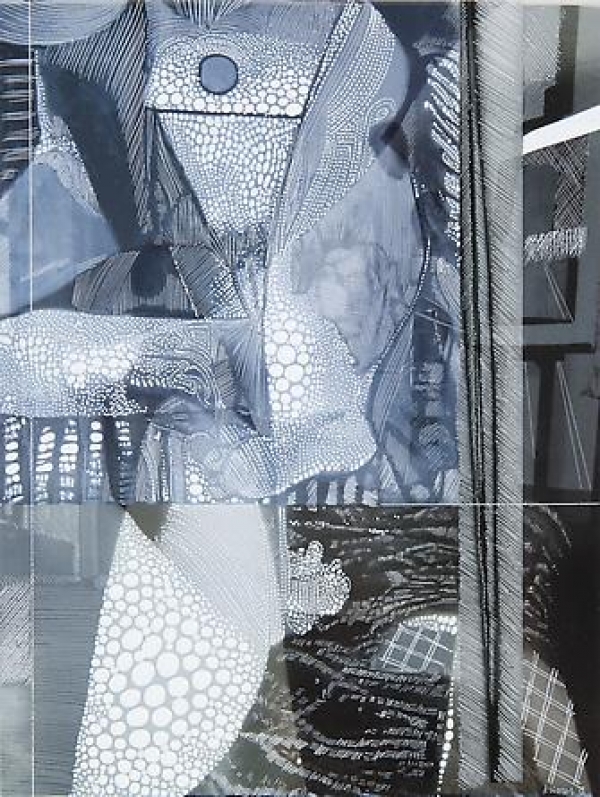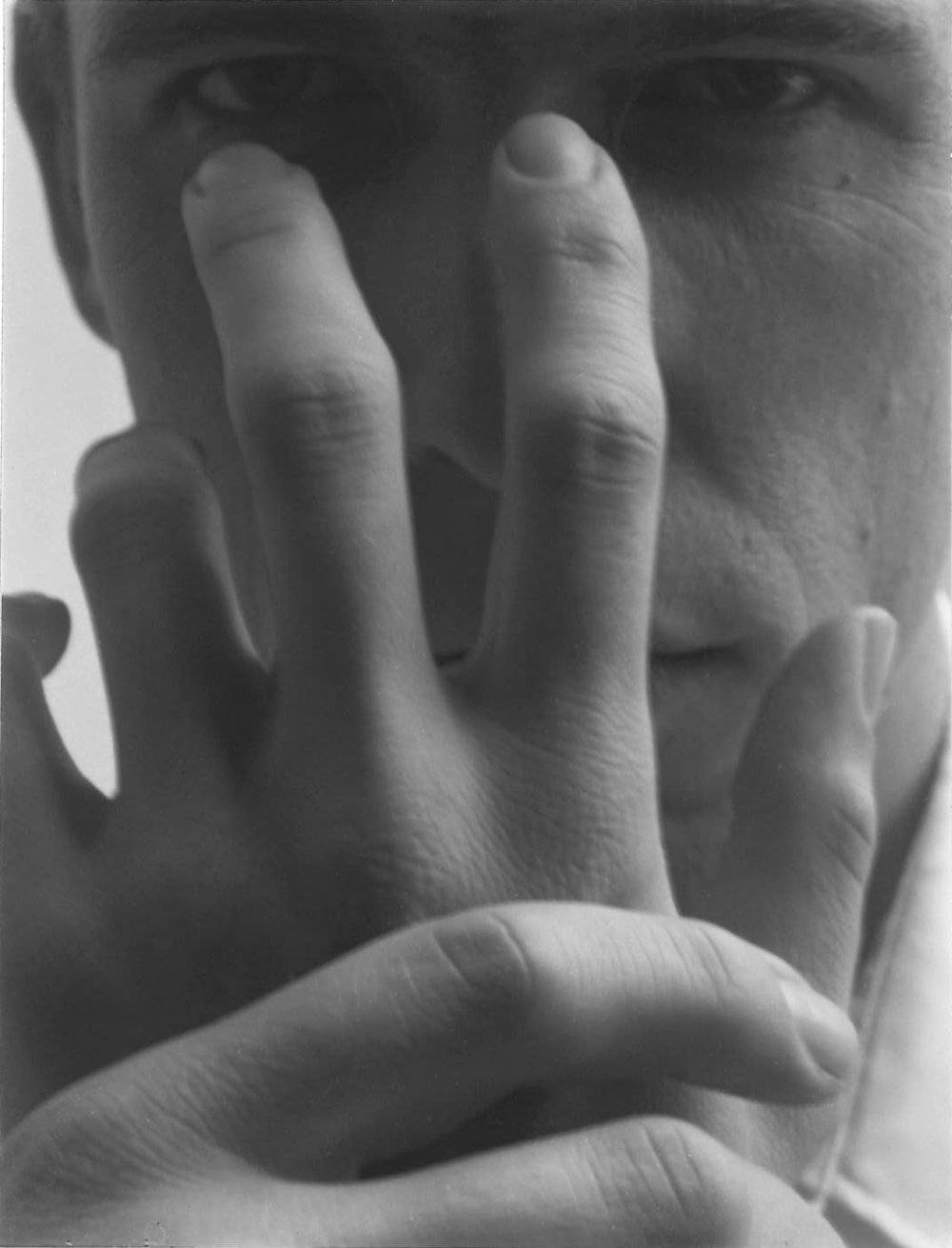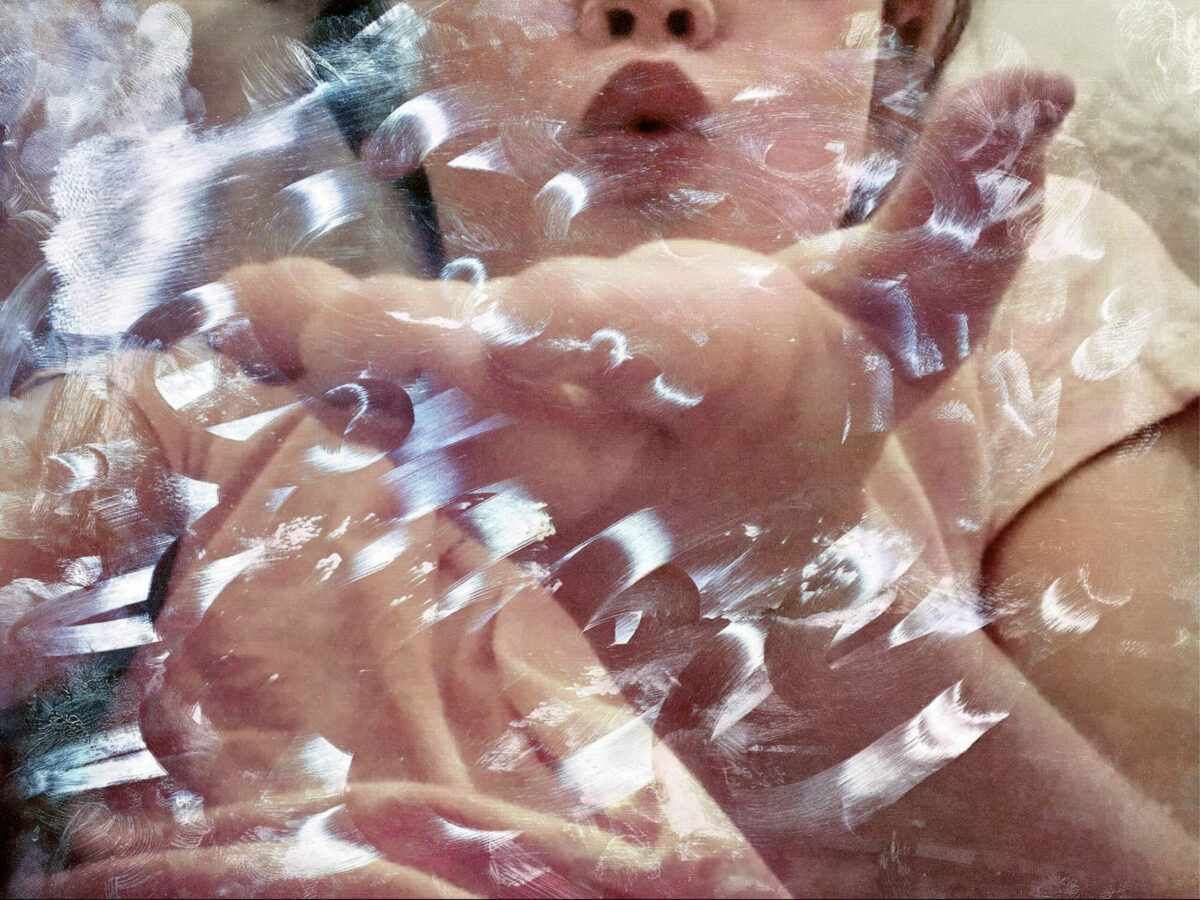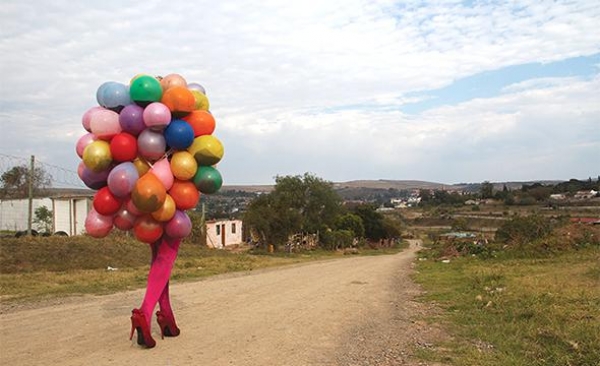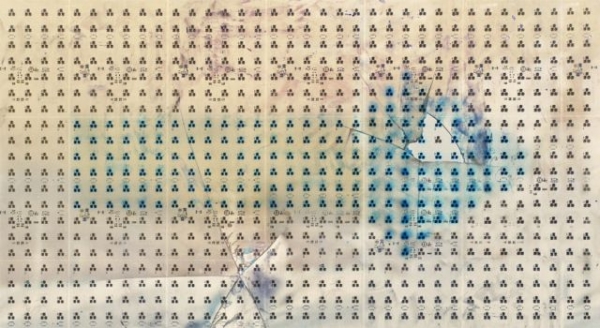

Two large photographs in Shannon Ebner’s deceptively formal exhibition at Altman Siegel through November 1 depict illuminated road signs. It’s a familiar mechanism, which is usually parked on the side of the road—a matrix of bulbs that spell out phrases such as “Expect Delays,” which is the text in Ebner’s Portable Changeable Message Sign One Delays, 2014. Here, however, while the warning is the same, the form is visually tweaked, and fixed in a moment. The text is seen in negative, the words formed by black dots, which communicate a starker, more embodied emphasis than in its usual illuminated form. In the title, Ebner refers to the machine itself, and its portable, changeable condition. These signs are also termed “variable-message” a perfectly apt way to describe Ebner’s sly, slow burn aesthetic.
In previous work, often flatly lit studio shots, she’s constructed alphabet-like forms with bulky cinderblocks and what appears to be pegboard, inserting components of language into semi-orderly grids. These are punctuated with desolate landscapes and shots of graffiti.
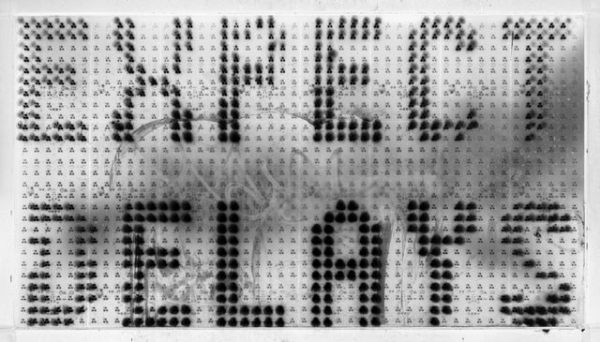

In this show, as before, the tone of the mostly black-and-white images is cool, yet the meanings and spirit purposefully waver: The six well-deployed works, all 2014, seem earnest and mischievous, flat and three-dimensional, vintage and contemporary. Rather than being constructed, all depict language and messaging, or the appearance thereof, as directly found in transit zones. The letterforms are deceptive in scale, due to the distorting abilities of photography. The Portable Changeable sign pieces in her current show, for example, are life size, but they seem strangely diminished as outdoor signs, yet outsized as framed art inside the gallery.
A greater transformation occurs with Public Surface Pattern, a tall, thin vertical piece that resembles a totem of alphabet blocks, though closer inspection reveals a panoramic, New Topographics-like shot rotated 90-degrees. It depicts an overpass construction zone, and the marks are formed from fabric stretched over a chain link fence, the slashes made to accommodate wind forming an accidental cuneiform. This work, along with the geometric shapes on the chain link matrix in the handsome Service Club Signs Verso, bring to mind John Baldessari’s genial conceptualism. While Ebner’s work is more tonally earnest, her flips, reverses, and shifts transport the gravity of message-bearing objects into surprisingly buoyant territory.

